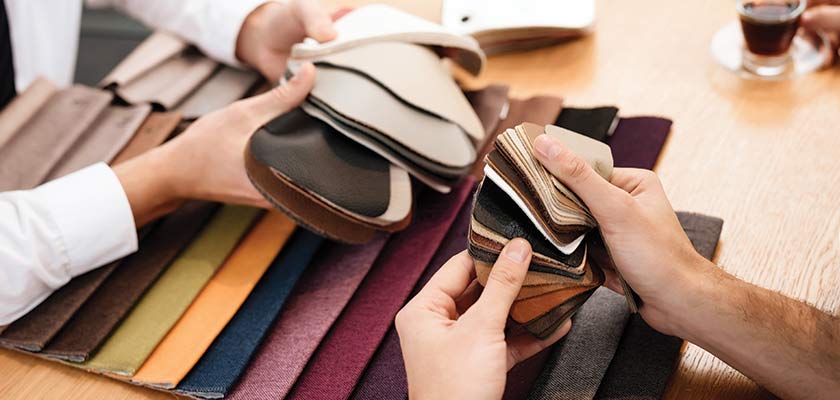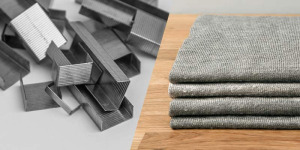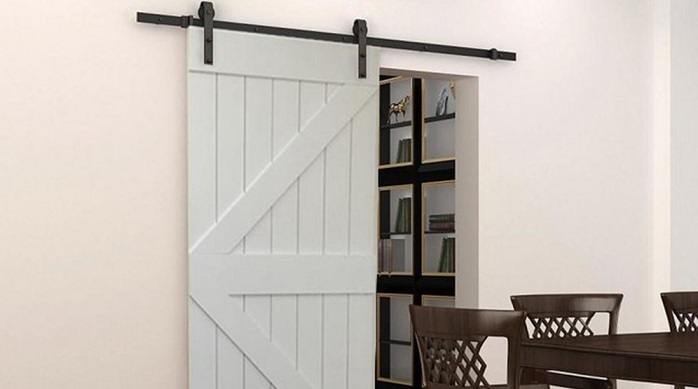
If you’re wondering “What’s upholstery?” here we introduce you to the major upholstery types including home, auto and marine, with an explanation of each style.
Upholstery can mean different things to different people, but it generally refers to the padding, webbing, springs, and covers used for making furniture and seats. The upholstery industry can be broken down into 5 distinct segments which include domestic, commercial, automotive, Marine, as well as general canvas work. We cover each of these upholstery types and styles below is more detail. But first, let’s begin by defining what upholstery is.
What’s Upholstery? Quick definition
Essentially, upholstery refers to the process of covering items of furniture in fabric or other materials such as leather. This could include items for the home, car or marine, in particular chairs and sofas.
When we make a chair or sofa from scratch, we begin with a wooden or metal frame. By itself, this frame is very uncomfortable or in some cases simply impossible to use. For example, imagine trying to use a car seat without any fabric and foam on it… you just wouldn’t. To add comfort and functionality, we cover the furniture with springs, foam and fabric.
The word upholstery can be used in two ways. Upholstery refers to both the fabric and materials themselves (eg car upholstery), as well as the act of doing upholstery work (the craft of upholstery). An upholsterer is someone who carries out upholstery work on furniture.
Reupholstery refers simply to the process of replacing old upholstery on a piece of furniture, because it is damaged, unsightly, or simply for fun to create a new look. Next, we go a bit deeper into the different upholstery types.
What’s the Major Upholstery Types & Styles?
Domestic Furniture Upholstery
Domestic furniture upholstery is one of the biggest segments of the upholstery industry. Also known as household upholstery, it refers to the production and repair of furniture intended for use in and around the home. This can include sofas, chairs, barstools, and even footstools.
Because of its intended use within a home, more emphasis is spent on the design to ensure they provide the most comfortable seating arrangements possible. As a result, household furniture can be quite complex. A standard sofa for example, starts with a wooden subframe, that is then covered with metal springs, protective webbing, padding, and finally an outer cover on the backs and sides, and removable cushions for the seat..
Household furniture is also the largest sector of the upholstery industry. There are countless manufacturers providing a wide range of chairs, recliners, chaise lounges, sofas, barstools, and footrests, that are specifically designed for use in and around the household.
Outdoor Furniture
Outdoor furniture is a subset of the domestic furniture industry. Unlike boats, outdoor furniture is generally not covered year-round. As a result, the furniture is constantly exposed to rain, UV light, as well as snow, and subfreezing temperatures. Not only must it be resistant to these conditions, but it must also be comfortable as well.
Seating designed for use on a patio or in a garden is generally composed of powder-coated steel, with cushions tied to the frame. The fabrics used for outdoor furniture are very different from those used in any other segment of the furniture industry. Not only must they be durable enough to withstand the elements of nature, but must also be comfortable enough to sit on all day long.
Rattan Furniture
One of the most unique pieces of household furniture are those that are made using woven palm stems known in the industry as rattan. Because the material itself is very expensive to harvest, the furniture produced this way is also extremely expensive. For a snapshot of how complicated harvesting rattan is, have a look at the video ‘Why Rattan Furniture is So Expensive’ (Business Insider) which steps through the harvesting and processing of this raw material.
Although expensive, this type of furniture features some of the most intricate designs imaginable. While most rattan furniture can be sat in without any form of cushion, it is always recommended to use cushions or seats in order to protect the material. After all, natural rattan is not very durable by itself. Because of the complexity of the shapes used in the design, creating and working with seat cushions for rattan furniture can be quite difficult.
Commercial Furniture Upholstery
The second largest segment of the upholstery industry is the commercial furniture upholstery. Commercial upholstery refers to the production repair of furniture that is used explicitly within an office or business.
Because of the higher rate of wear and tear suffered by commercial furniture, special attention to material choices is very important. On an average day, hundreds of different people can sit in the chairs in a waiting room at a doctor’s office. Over the course of the month, this can equate to tens of thousands of interactions with the furniture and material.
To ensure the longevity of the furniture, office furniture manufacturers generally focus on more simplistic designs with fewer moving parts, and higher-quality, abrasion-resistant materials for coverings.
For a look at how furniture is produced commercially, have a look at this interesting video How Furniture is Made by Quantam Tech HD on YouTube (thanks guys):
Automotive Upholstery
Automotive upholstery is also an important segment of the upholstery industry, as it focuses mostly on the repair of automotive interiors including seats, headliners, dashboards, door cards, flooring, and even convertible roofs. Those who work within the automotive upholstery industry, are often referred to as trimmers.
When compared to household and commercial furniture upholstery, automotive upholstery can be quite complex. Take the seats for example, rather than a wood subframe, they feature a metal subframe that must be safe for use in an automobile. The metal subframe is then covered with higher-quality metal springs, followed by foam. While some older vehicles also used webbing, most newer cars have the foam molded to the frame and springs. The covers can feature intricate designs, in order to provide proper support for the seat bolsters.
Roof liners can also be difficult to repair due to the lighter materials used. The liners themselves are generally composed of a multitude of layers including a composite substrate, a foam padding, and a lightweight fabric cover. All of these layers are then glued together using a spray adhesive. When done properly, the roof liners should be a continuous piece that runs the entire length of the car. The fabric cover must be stretched out just right, to ensure that it is tight enough to lay smoothly across the main portion of the roof, but not too tight that it can’t be stretched along the edges.
Marine Upholstery
Next, you have marine upholstery, which focuses exclusively on watercraft. Because the furniture is exposed to the elements, those who work in the industry must be experienced and knowledgeable about the proper materials and techniques used.
Although the design of most seats on a boat are not nearly as complex as those in cars or household furniture, they are constantly exposed to both sunlight and water. Very few materials are both waterproof and UV resistant, which are important features of marine upholstery fabrics. Moreover, those working in the sector, are more likely to work with zippers and stainless-steel fasteners than in any other segment of the upholstery industry.
What’s Upholstery Canvas Work?
Canvas is utilized in all of the upholstery sectors.
In the household furniture industry, canvas is used as a protective covering for furniture. In the commercial furniture industry, because of its durability, it is used in situations where durability is more important than comfort. In the automotive sector, canvas is used for convertible roofs and soft tops. And in both the automotive and marine industries, canvas is used as a protective covering.
So what’s upholstery canvas work, and why is it a separate sub-sector of the industry when all it is is another type of fabric? Good question.
The reason is because canvas is a much more difficult material to work with, and requires more experience and heavier-duty tools. As a result, when canvas work is needed, regardless of the industry, they always reach out to a specialist to get the job done right.
Final Thoughts on What’s Upholstery and Types
As a budding upholsterer, or someone simply curious about learning more about what upholstery is, we hope this article has given you a good introduction to the topic. To summarize, upholstery simply refers to the cushioning and materials on a piece of furniture, which cover the subframe.
If you’re here it is unlikely you are looking to get into commercial upholstery, but it is useful to have an overview even if you have just a passing interest in doing upholstery as a hobby for home furniture, a custom car or your boat.
If this has sparked your interest in learning more about how to upholster, we recommend you have a look at our articles on essential upholstery tools and the best upholstery books to learn from.
Happy upholstering!
Author
-

Hey, I’m Sara, co-owner of NestKoo! I’m a graphic designer and professionally trained fine artist, with a Bachelor of Arts (Fine Art) majoring in Painting. I love being close to nature, sustainable living and bringing new life to old things. My specialty in NestKoo is DIY house painting, upholstery and furniture upcycling, where I bring my skills in fine art painting and contemporary design together into a practical home DIY context.
View all posts









